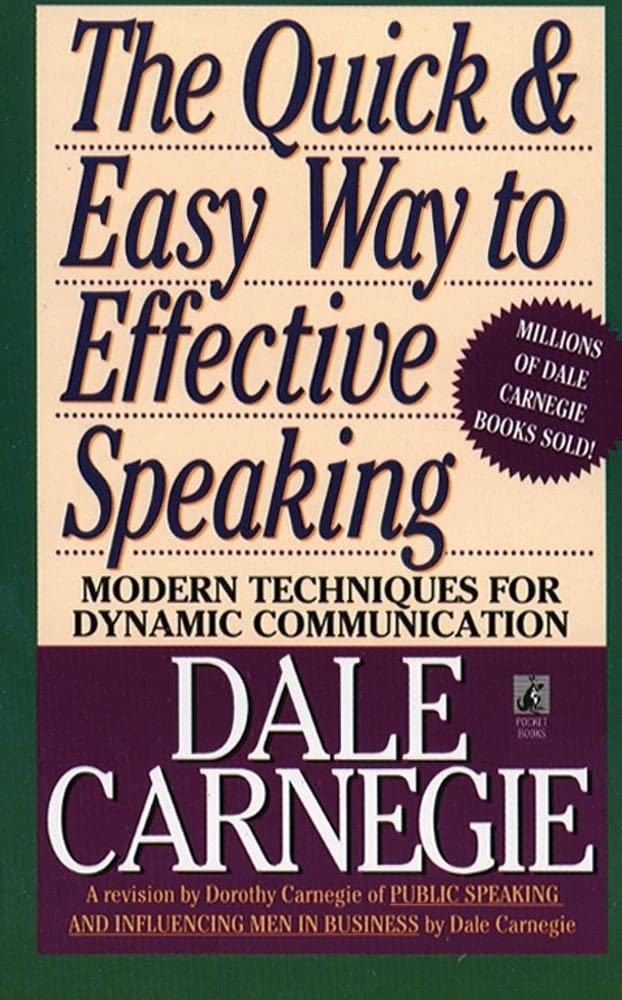I’ve always been fascinated by the art of public speaking. The ability to convey thoughts and ideas with clarity can deeply impact personal and professional interactions. That’s why I was drawn to reading “The Quick and Easy Way to Effective Speaking” by Dale Carnegie. This book is a streamlined and updated edition of his communications classic, aiming to help readers achieve success and make a lasting impact as speakers in varied settings.
What intrigued me the most was Carnegie’s assertion that great public speakers are made, not born. In a world where business, social interactions, and personal satisfaction heavily depend on clear communications, I was eager to uncover the principles and techniques that would enable me to speak more effectively. This book promised accessible, step-by-step instructions to build confidence, courage, and enthusiasm in any speaking situation—a perfect fit for my interests.
From the very beginning, I found Carnegie’s style to be approachable and authoritative. His principles resonate even decades after publication, and the timeless nature of the advice made for an enjoyable read. One of the positives I appreciated was how Carnegie emphasizes the importance of preparation and discipline. A customer review highlighted this sentiment by stating that effective speaking takes “certain preparation and adherence to specific principles.” I wholeheartedly agree; the strategies shared in the book serve as a reliable roadmap for managing speeches—whether long or impromptu—effectively.
Moreover, many readers found the book instructive and full of various techniques for public speaking, which I found to be helpful. Techniques on managing nerves, engaging audiences, and framing one’s message are not just theoretical but grounded in actionable steps that I could apply in my daily life. As one reviewer noted, it offers practical advice and methods, reminding us that mastering the material is vital to overcoming anxiety surrounding public presentations.
On the other hand, the book isn’t without its flaws. Some readers mentioned the repetitiveness of certain points, which I also managed to notice. While Carnegie’s principles are undoubtedly relevant, there were moments that felt unnecessarily reiterated, making the reading experience feel somewhat tedious at times. Another downside mentioned by a few readers—and something I experienced as well—was the occasional error and the odd structure of chapters that referenced future content prematurely. This can be frustrating for readers who prefer a more cohesive flow.
Despite these minor drawbacks, the vast majority of the content is rich in value and insight. For someone hoping to lessen the fear of public speaking or to boost their communication skills, “The Quick and Easy Way to Effective Speaking” is an essential read. Even a critic of the book acknowledged that the principles it presents are solid, which aligns with my own takeaway after reading.
Dale Carnegie’s work undoubtedly meets expectations, and I found it to be an enlightening guide for anyone serious about improving their public speaking abilities. The clear instructions and well-organized chapters helped me feel equipped and empowered as I strive to present my ideas confidently.
To sum it up, this book is a treasure trove of knowledge for anyone looking to enhance their communication skills, whether for business meetings, social gatherings, or unexpected speaking opportunities. If you’re willing to invest effort into practicing the techniques while accepting that some parts may feel dated or repetitious, you’ll find that your public speaking improves significantly. I wholeheartedly recommend this book to anyone eager to develop and refine their speaking prowess.
Unlock your potential as a speaker with insights from Dale Carnegie’s expert guide. >>








